Tide Pooling Log: Napili, Maui, HI, Day 2
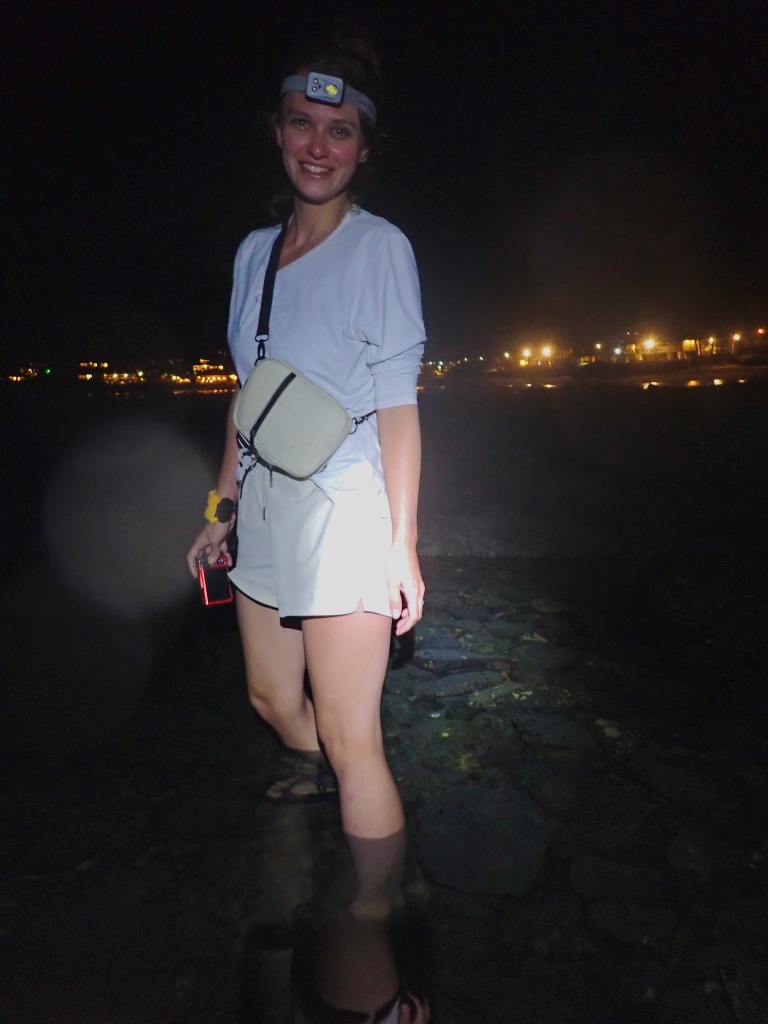
Day one implies day two, right?
If you haven’t read the first tide pooling log about our finds in the intertidal in Hawaii this fall, check out this article before reading on.
The finds the night before had been so great that we just had to go back out on the rocks again. It was our last night in Hawaii and what better way to spend it than knee-deep in water with headlamps and cameras?
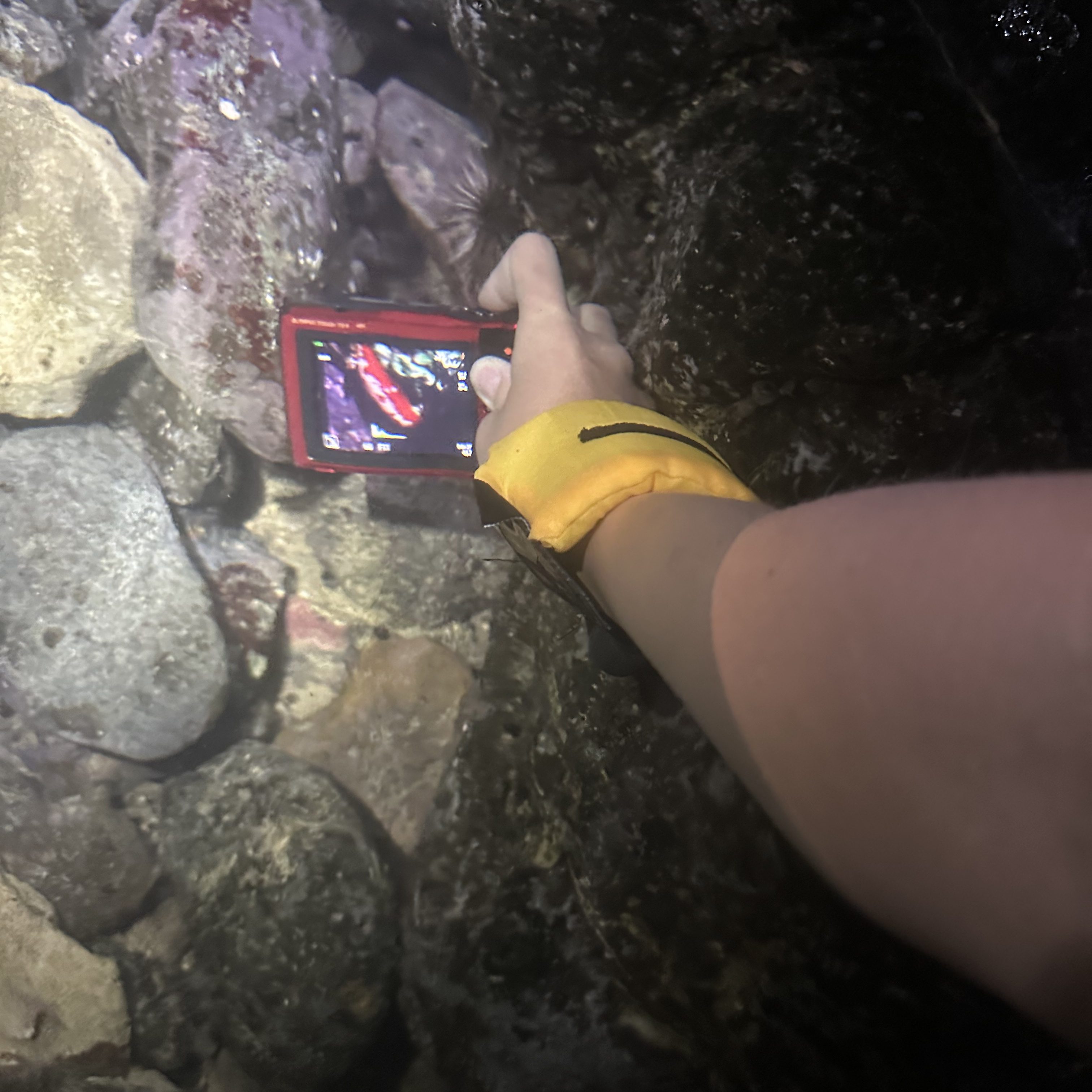
Our friend the black crown night heron was back on the rocks tonight, but there were still no other tidepoolers about. We saw many of the same animals we encountered the night before. The warty sea cats were out in full force and we saw several morays as well.
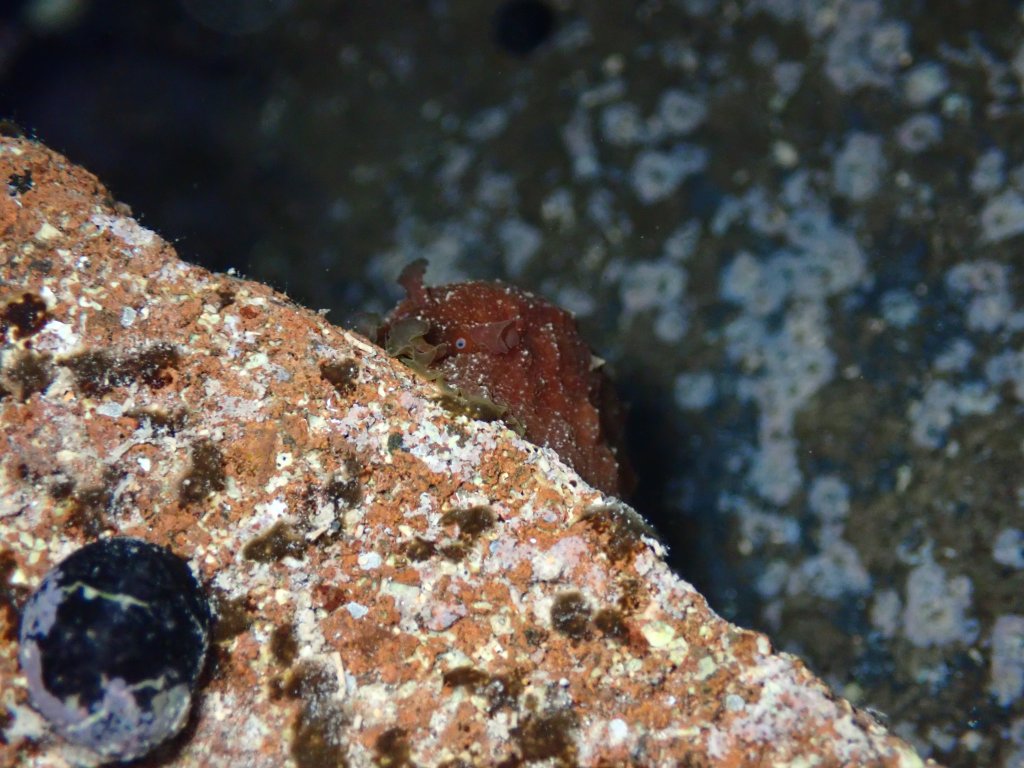
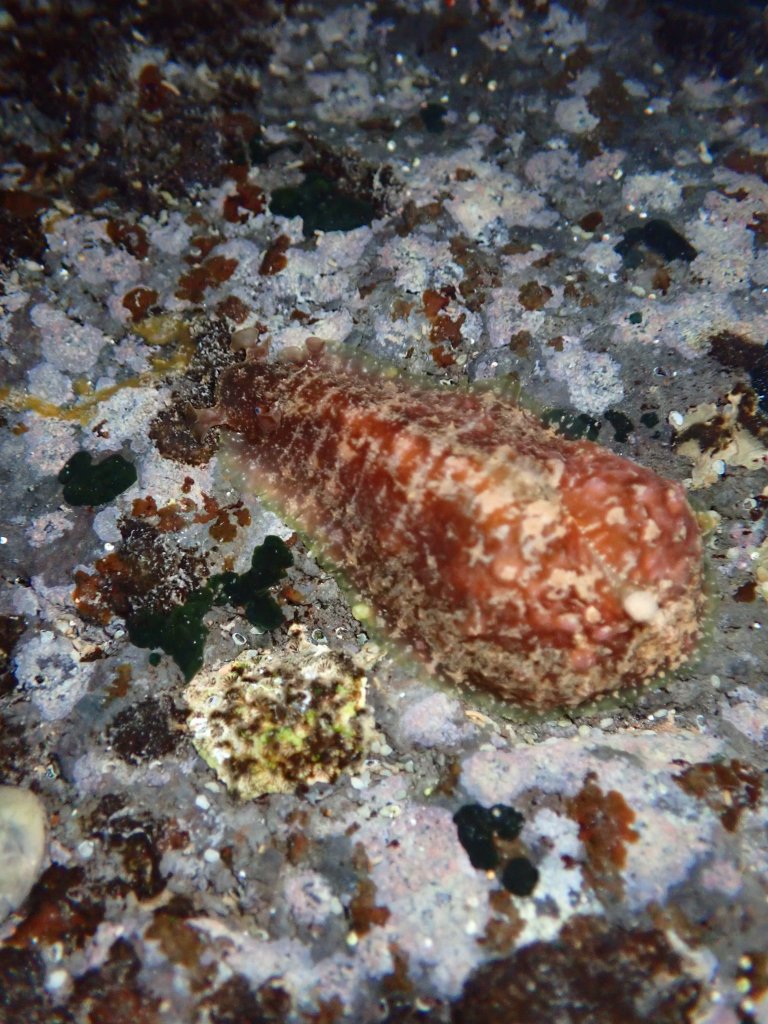
Sea cucumbers, brittle stars, and tiny tide pool shrimp were so numerous that I didn’t even photograph them all. We also saw lots of orange gumdrops (Berthellina delicata) and a lilac spotted nudibranch (Chromodoris aspersa) in the same pool as the night before. I was hoping to find a few animals that I hadn’t seen the night before and I wasn’t disappointed.
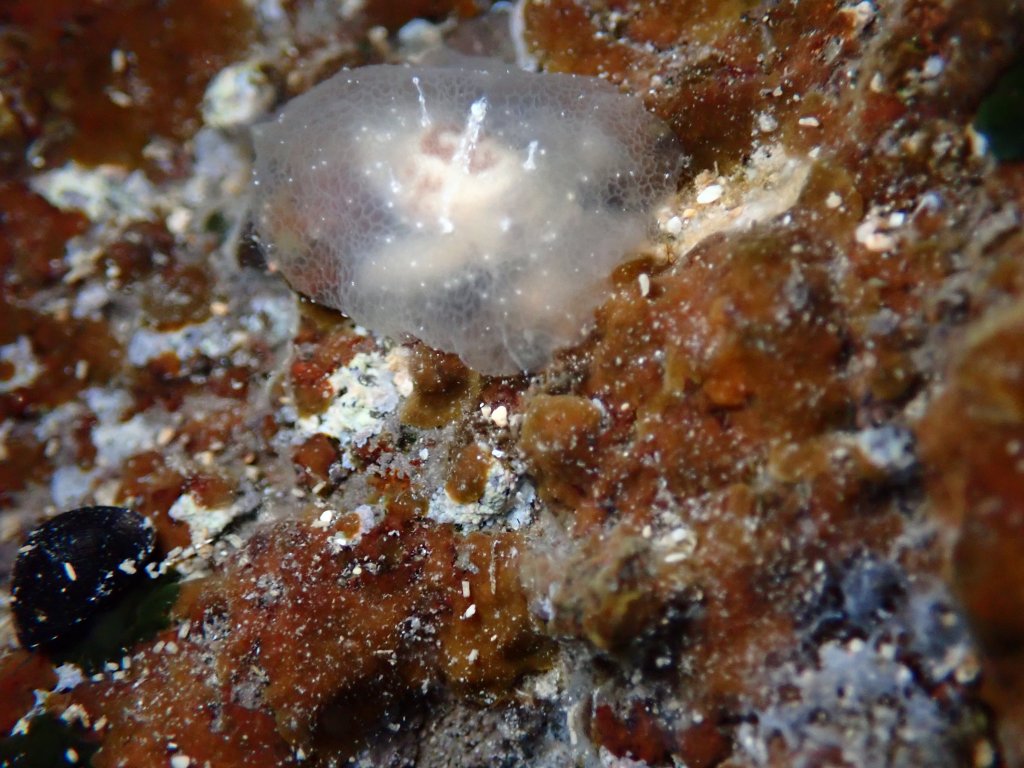
The first animal I really stopped to look long and hard at was this blog in the image above. At first, I thought I saw rhinophores on it, but after taking a few photos I thought I must have been dreaming. It was no more than a centimeter across and once I looked closer it appeared to just be a tunicate or something. It wasn’t until later that a very helpful Cory Pittman on iNaturalist identified this as Pleurehdera pellucida, a rather uncommon nocturnal sidegill slug occurring in protected, low intertidal areas. And it only had 26 observations on iNaturalist! I couldn’t believe I had seen something so unusual and hadn’t even taken that many photos. But when I went back and I looked at them closer, I realized I had seen rhinophores. The slug must have shrunken them in when it sensed my camera or flash because they are just barely visible in the photo above.
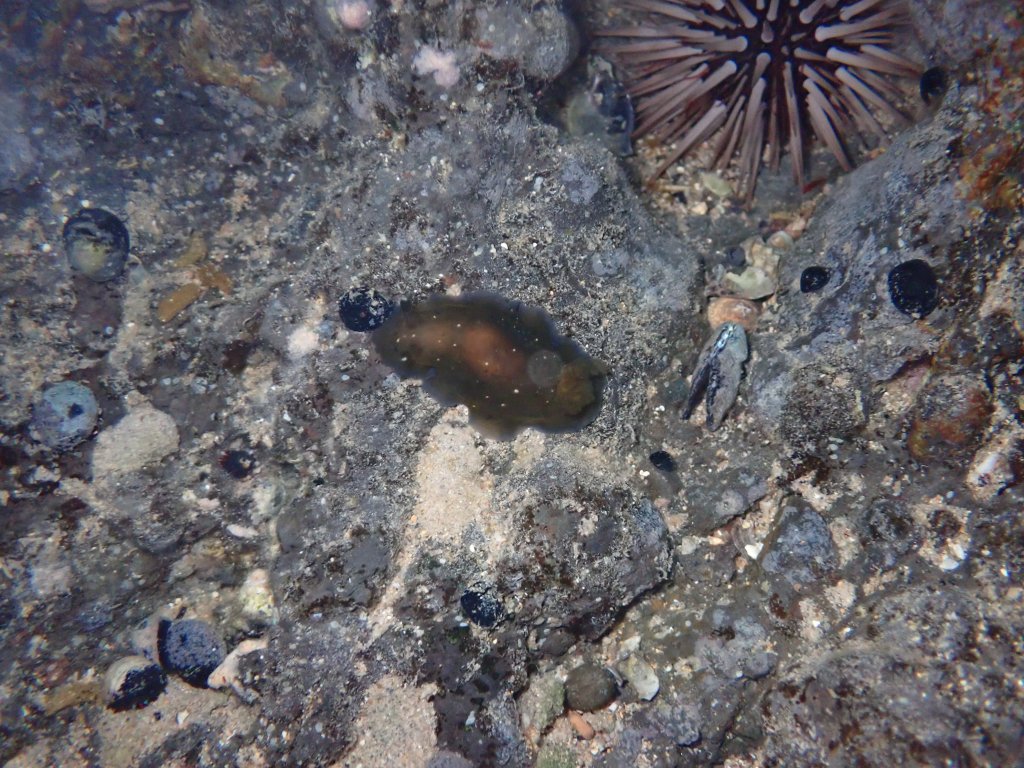
I also saw several black doris nudibranchs (Dendrodoris nigra) about 4 inches long that I was only able to identify later. Not the most exciting of creatures to see, but still interesting as they are nocturnal and only seen in the open once it’s dark.
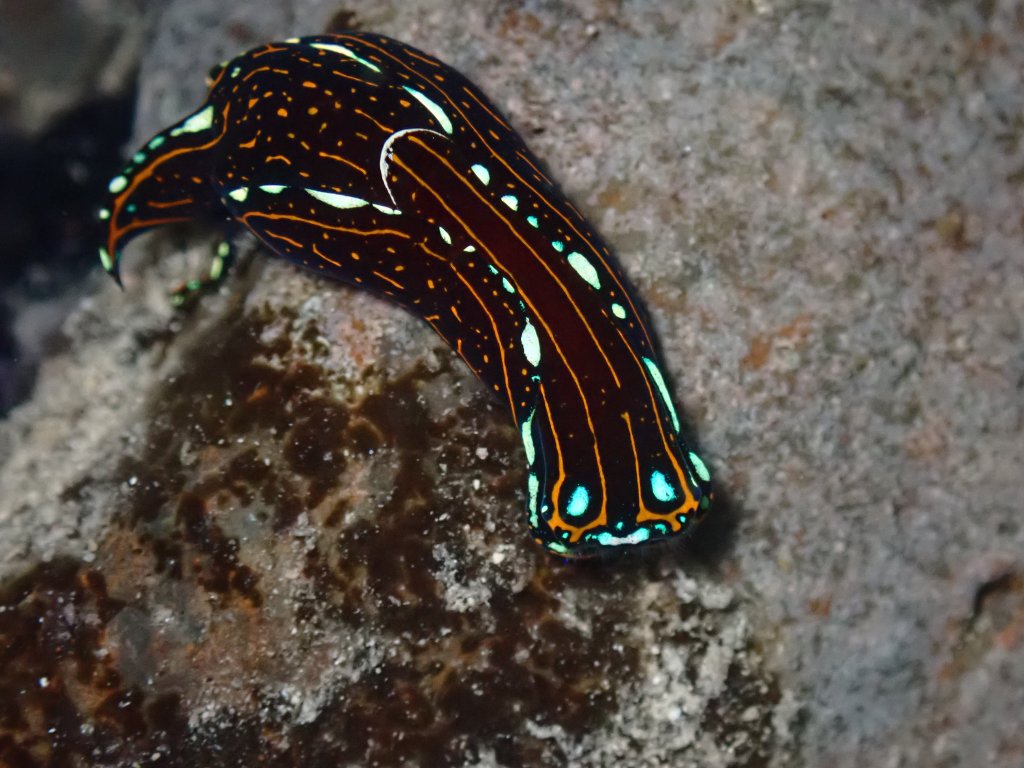
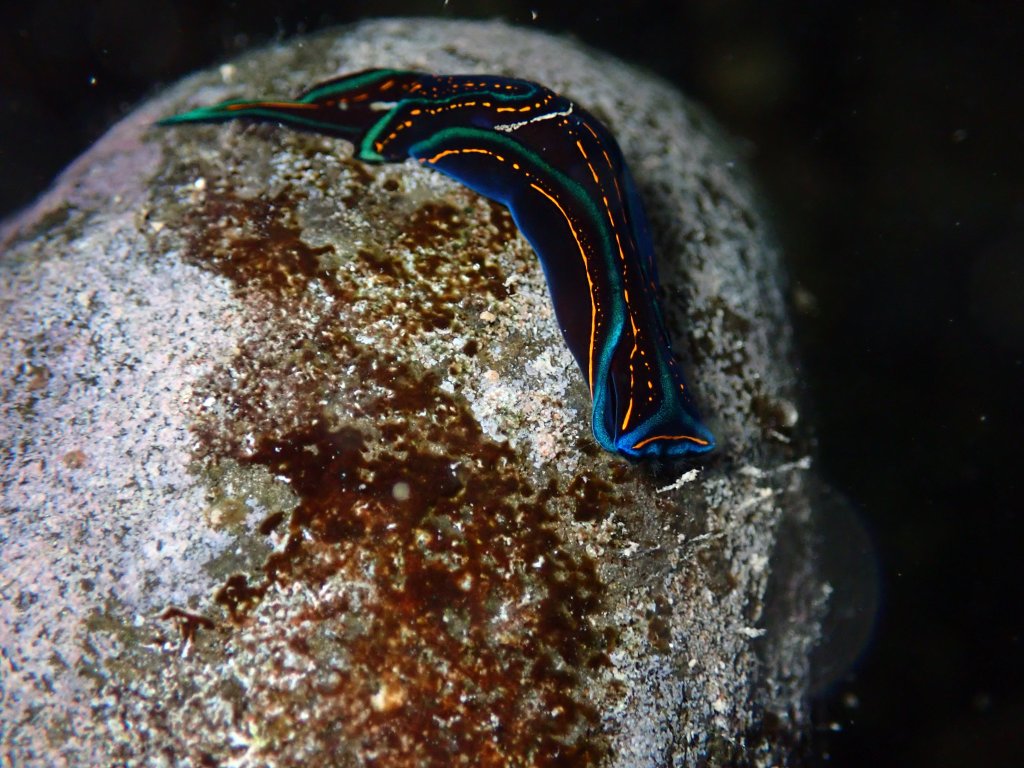
I had come back to the large pool where all the orange gumdrops were crawling about like they were the night before when I noticed something sleek and long crawling along a rock. When I picked up the small stone I found the elaborately decorated slug on the left, but I couldn’t identify it at the time. Its squared-off head gave away that it was a headshield slug though, and I took plenty of photos. Only a centimeter or so long, its spots and stripes were very thin and stunning to see in person. I later identified it as a spotted swallowtail slug (Chelidonura alisonae). A few minutes later in the same pool, I encountered another headshield slug, very similar to the spotted swallowtail that I found out later was a swallowtail headshield slug (Chelidonura hirundinina). Both these species were striking and very obliging photo subjects.
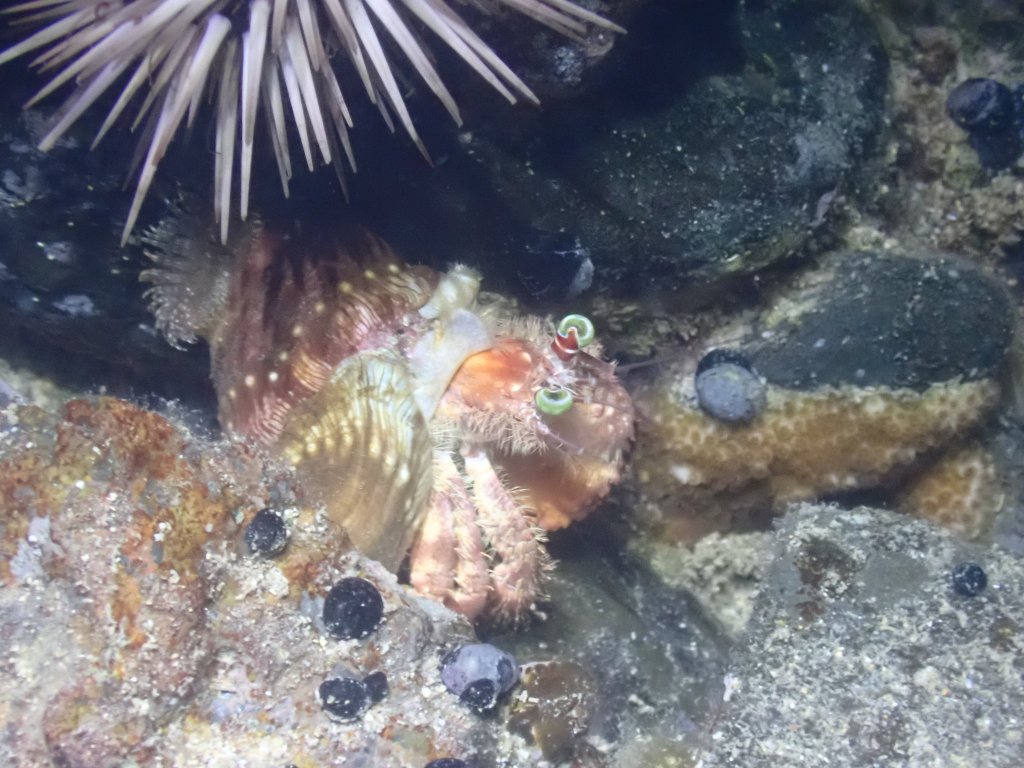
Making our way lower into the intertidal, our headlamps caught the jeweled anemone crab (Dardanus gemmatus) in the same pool as the night before. While standing in the water to take some shots of him, I was startled by what looked like a wild candy cane at my feet: a coral banded shrimp (Stenopus hispidus).

These stunning shrimps are most often seen in mated pairs, but this one was alone and it didn’t seem to mind me at all, coming right out to me while making its way across the rocky bottom. Larger than my hand without including its long, white antennae, it was fun to this large of an animal that wasn’t at all bothered by our presence or cameras.
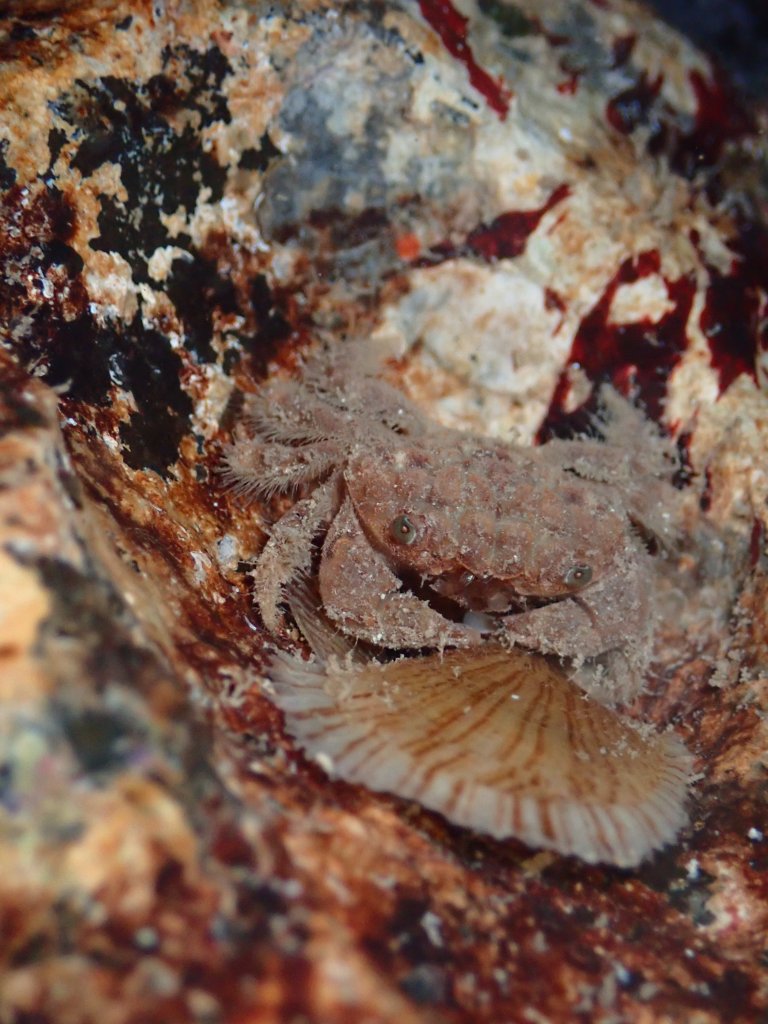
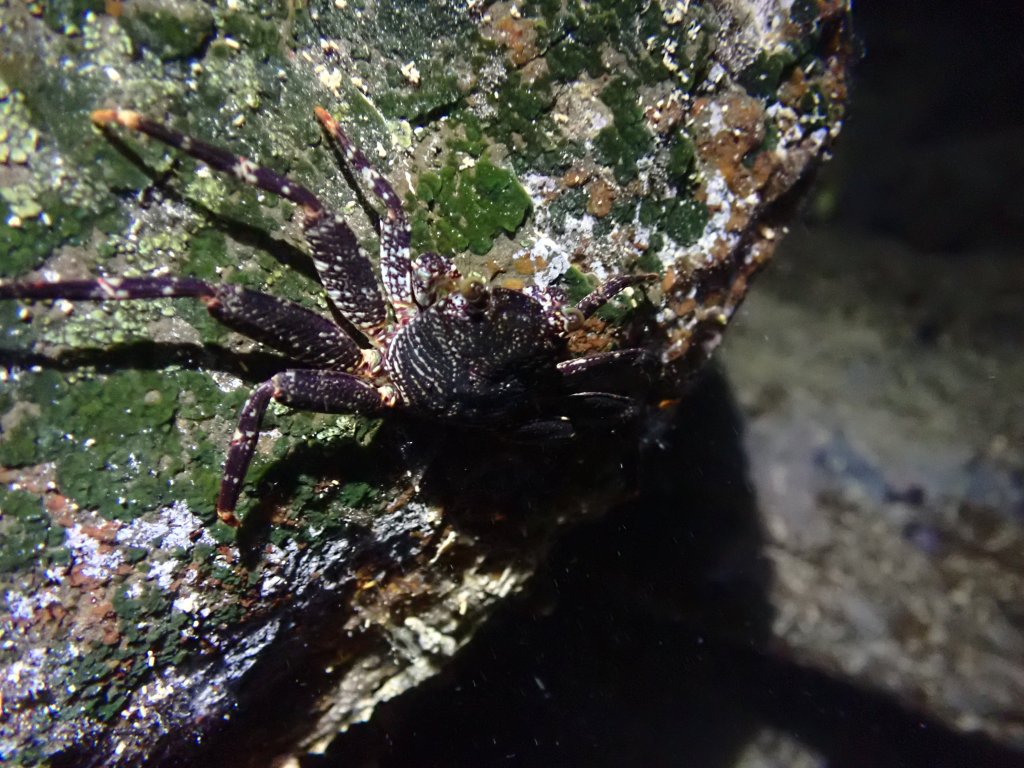
Various crabs were also about that night. I saw several varieties of round crabs in the family Xanthidae but wasn’t able to get a definitive ID on any of them. The large thin-shelled rock crabs (Grapsus tenuicrustatus) were abundant and HUGE, some spanning about 8 inches across. An important food source in old Hawaii, these guys were high in the splash zone and happily scampered around the dry rocks.
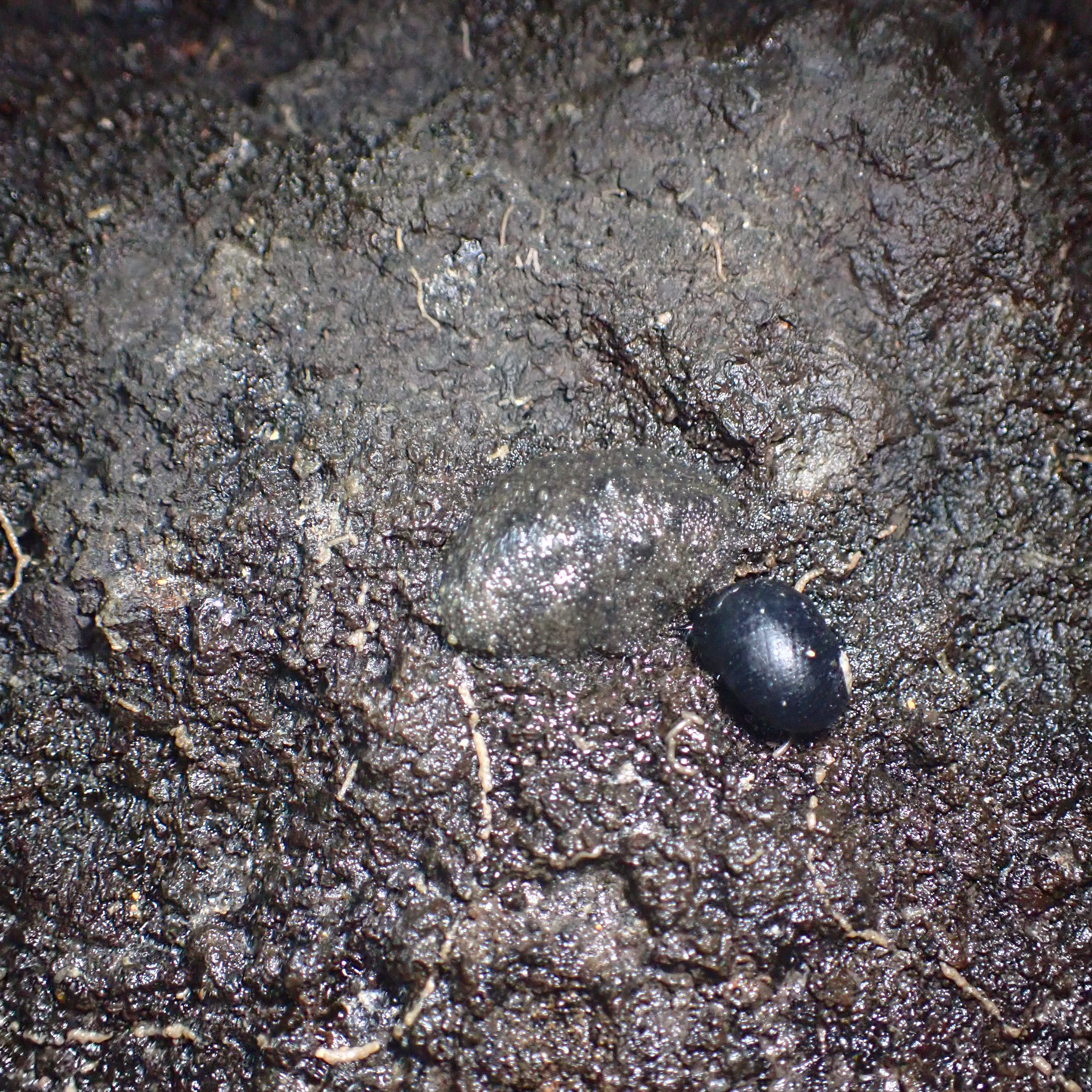
Also on nearly dry rocks, I found this blog, later identified as a Hawaiian warty slug (Peronia platei) (next to it is a black snail; the slug is rather well camofaluged). These animals are the exception to the rule that most intertidal animals are marine but have adapted to survive dry conditions. They are air breathers but are only found in the intertidal and have several distinguishing features from marine slugs.
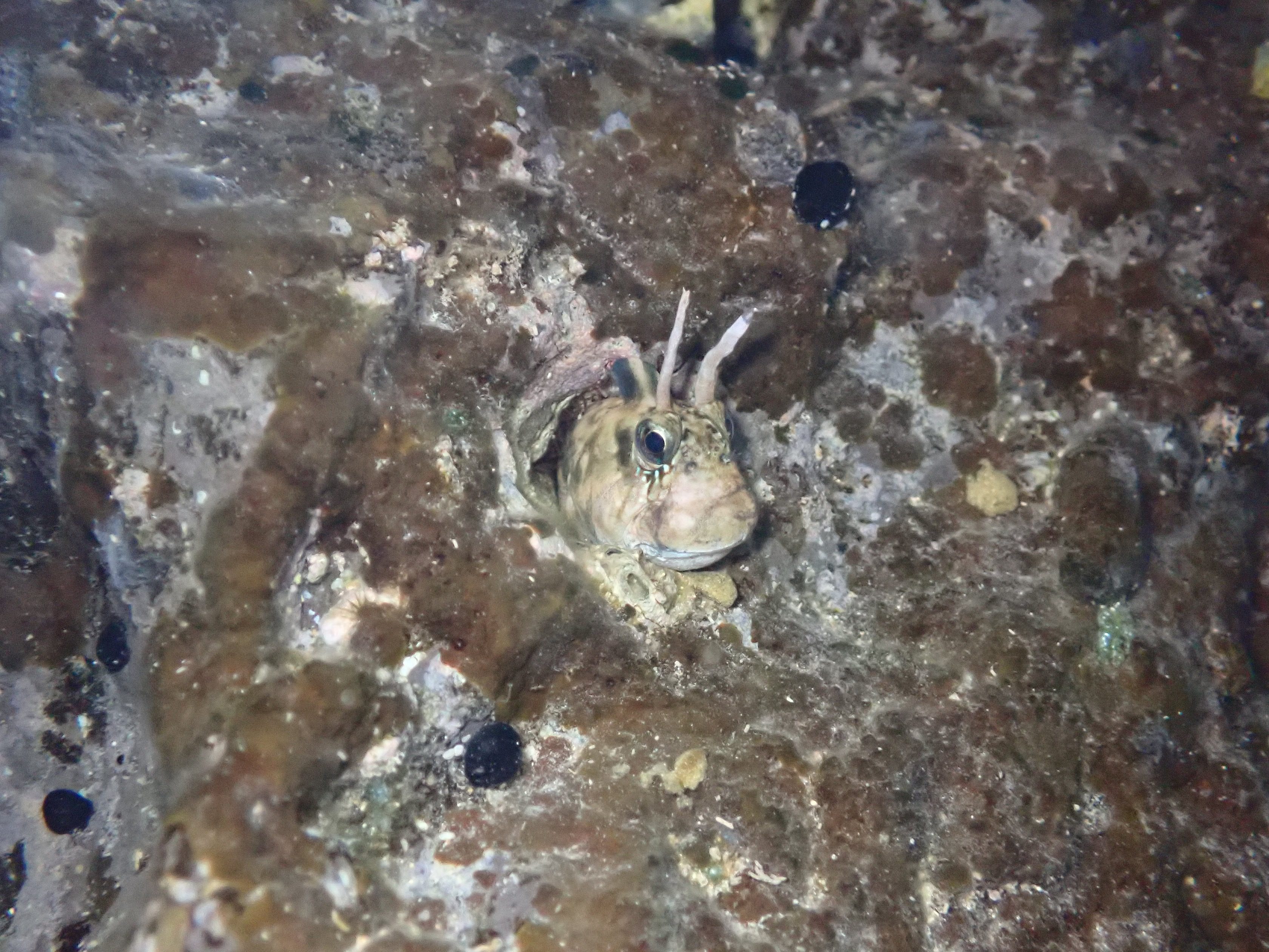
While Hawaii tide pools are full of fish during the day, at night many of the small reef fish are sleeping. A few species remain though, including this zebra blenny (Istiblennius zebra) that makes his permanent home in the intertidal, probably in this very cave he was sitting in.
We had been exploring for a few hours when we went back to the orange gumdrop pool to take a final look. While photographing a small eel hiding in the rock, I remarked that I would have looked to see more nudibranchs.
“Did you see this big one?” my mom replied.
Wait, what?
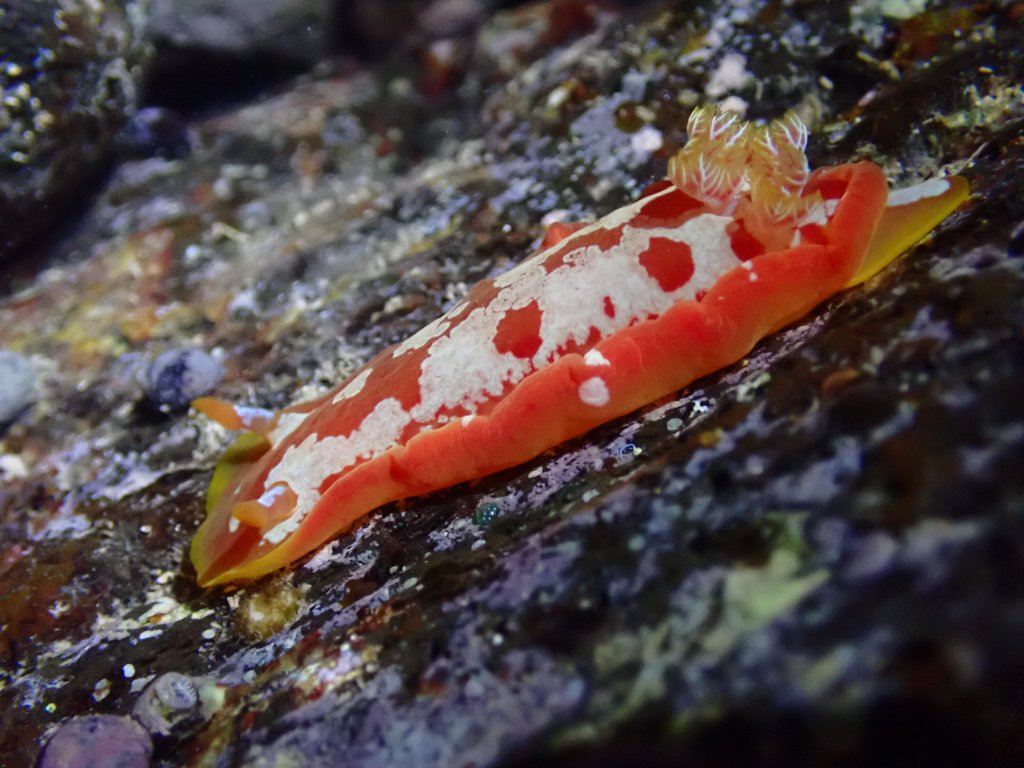
There it was, out in the open on the other side of the rock the eel was hiding under, a four-inch yellow-margined Spanish dancer (Hexabranchus aureomarginatus). I couldn’t believe I hadn’t noticed it! But we got to take several photos before it disappeared under the rock. While these nudibranchs are famous for the beautiful swimming movements that gave them their name, they only do this when disturbed in some way, so this was crawling like any other slug.
Our knees were tired by the time we started heading back up the beach. What better way to end our trip in Hawaii.

Categories
tags
Subscribe to the blog
Sign up to receive weekly emails with tide pooling information and guides so you never miss a post!

Leave a comment